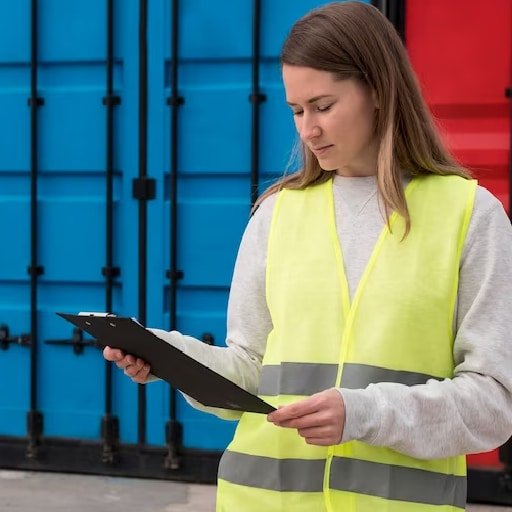
Securing Docker containers is crucial to protect your applications and data from potential threats. Here are some best practices and tips to enhance the security of your Docker containers:
1. Use Official Images: Always use official Docker images from trusted sources like Docker Hub. These images are regularly updated and maintained by the Docker community, reducing the risk of vulnerabilities.
2. Update Regularly: Keep your Docker engine and containers up to date with the latest security patches. Docker releases updates frequently to address security vulnerabilities, so make sure to regularly update your system.
3. Enable Content Trust: Docker Content Trust ensures the integrity and authenticity of images by verifying their digital signatures. Enable content trust to prevent the use of tampered or malicious images.
4. Limit Privileges: Run containers with the least privileges necessary. Avoid running containers as root and use non-root users whenever possible. This reduces the potential impact of a container compromise.
5. Isolate Containers: Use Docker’s built-in isolation mechanisms like namespaces and cgroups to restrict container access to the host system. This prevents containers from interfering with each other or accessing sensitive resources.
6. Implement Network Segmentation: Use Docker’s network features to isolate containers from each other and from the host system. Create separate networks for different services and restrict network access as needed.
7. Secure Container Host: Secure the underlying host system by following general security best practices. Regularly update the host OS, use strong passwords, and disable unnecessary services to minimize the attack surface.
8. Monitor Container Activity: Implement container monitoring tools to track container behavior and detect any suspicious activities. Monitor resource usage, network traffic, and container logs for signs of compromise.
9. Use Image Scanning Tools: Utilize image scanning tools to analyze Docker images for known vulnerabilities and security issues. These tools can help identify and mitigate potential risks before deploying containers.
10. Implement Access Controls: Use Docker’s access control mechanisms to restrict user access to Docker commands and resources. Only grant necessary privileges to users and regularly review and revoke unnecessary access.
11. Secure Container Registry: If you host your own private container registry, ensure it is properly secured. Use authentication, access controls, and encryption to protect the registry and the images stored within it.
12. Implement Runtime Security: Consider using runtime security tools that monitor container behavior in real-time and detect any malicious activities. These tools can help identify and mitigate threats during runtime.
13. Regularly Audit and Review: Perform regular security audits and reviews of your Docker environment. This includes reviewing container configurations, access controls, and monitoring logs for any suspicious activities.
By following these best practices and tips, you can significantly enhance the security of your Docker containers and protect your applications and data from potential threats.